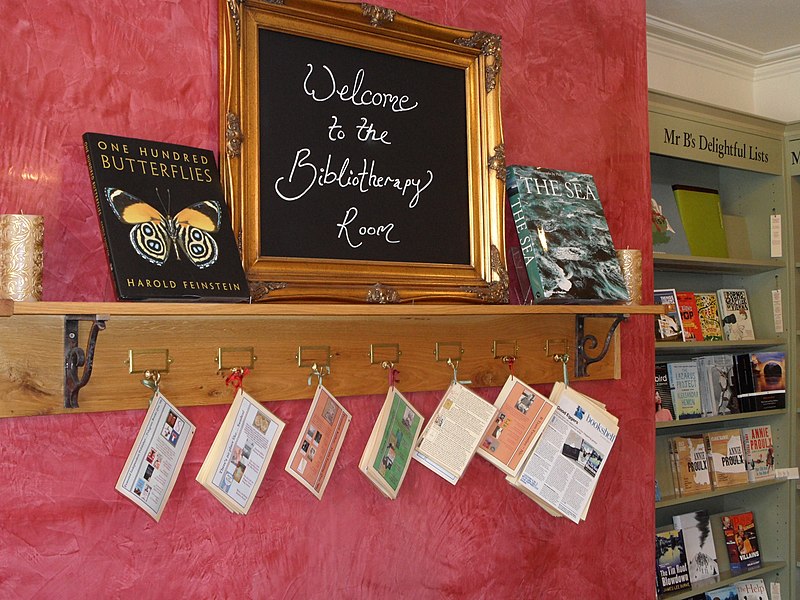Introduction:
Bibliotherapy is a therapy where the use of literature helps people cope with emotional problems, mental illness, or changes in their lives. The underlying foundation of bibliotherapy is that clients identify with literary characters similar to themselves, an association that helps the clients release emotions, gain new directions in life, and explore new ways of interacting. Teenage readers, for example, may feel relief that they are not the only ones facing a specific problem. They learn vicariously how to solve their problems by reflecting on how the characters in the book solve theirs
Basic stages in bibliotherapy:
Generally, activities in bibliotherapy are designed to:
- provide information
- provide insight
- stimulate discussion about problems
- communicate new values and attitudes
- create awareness that other people have similar problems
- provide realistic solutions to problems
Benefits and limitations of bibliotherapy:
In addition to the “how” of conducting bibliotherapy, practitioners also need to be aware of potential benefits and pitfalls associated with this procedure. Bibliotherapy has obvious value in that it provides the opportunity for the participants to recognize and understand themselves, their characteristics, and the complexity of human thought and behavior. It may also promote social development as well as the love of literature in general, and reading in particular. It reduces feelings of isolation that may be felt by people with problems.
The effectiveness of bibliotherapy, however, may be limited by the accessibility of materials on certain topics, as well as the lack of client readiness and willingness to read. It may backfire when subjects project their own motives onto characters and thus reinforce their own perceptions and solutions. In addition, participants may be defensive, thus discounting the actions of characters and failing to identify with them, or even end up using them as scapegoats.
Conclusion:
Bibliotherapy is a potentially powerful method for school teachers and counselors to use on many levels and in every school grade. In order to establish a strong bibliotherapy program in an institution, practitioners must present the procedure as a non-threatening one; by let us say calling the process biblioguidance. They must also solicit the input and advice of colleagues, parents, and administrators. In addition, they must always be vigilant to the limitations of bibliotherapy.
